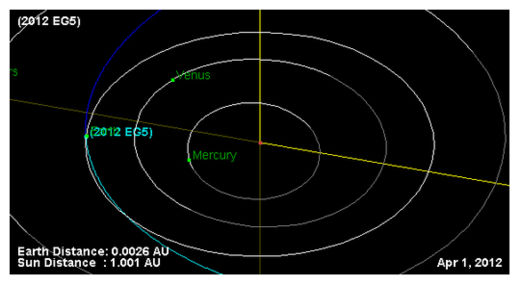
An asteroid the size of a passenger jet will zoom close by Earth on Sunday (April 1) just in time for April Fools' Day, but it has no chance of hitting the Earth, NASA says.
The asteroid 2012 EG5 will be closer than the moon when it passes Earth at 5:32 a.m. EDT (0932 GMT). The space rock is about 150 feet wide (46 meters), according to a NASA update.
"Asteroid 2012 EG5 will safely pass Earth on April 1," scientists with NASA's Asteroid Watch program at the Jet Propulsion Laboratory in Pasadena, Calif., wrote in a Twitter statement.
The space rock may be visiting Earth on April Fools' Day, but its flyby is no prank. The asteroid will creep within 143,000 miles (230,000 kilometers) of Earth during its closest approach, which is just over half the distance between Earth and the moon's orbit. The moon typically circles the Earth at a distance of 238,000 miles (382,900 km).
Asteroid 2012 EG5 is the third relatively small asteroid to buzz the Earth in seven days. Two smaller asteroids passed near Earth on Monday (March 26).
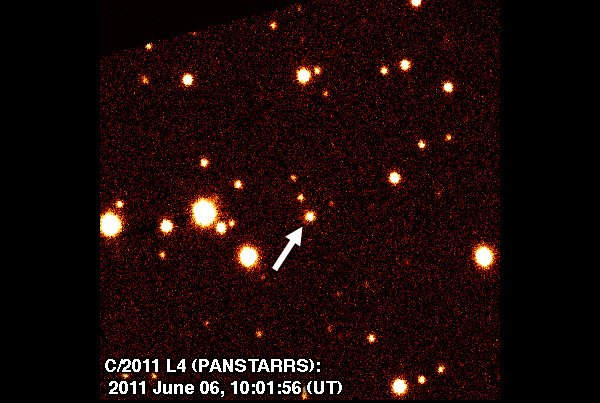

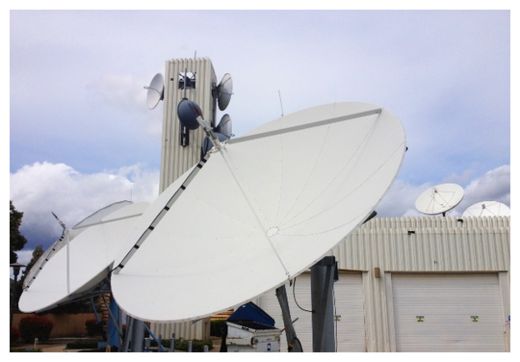
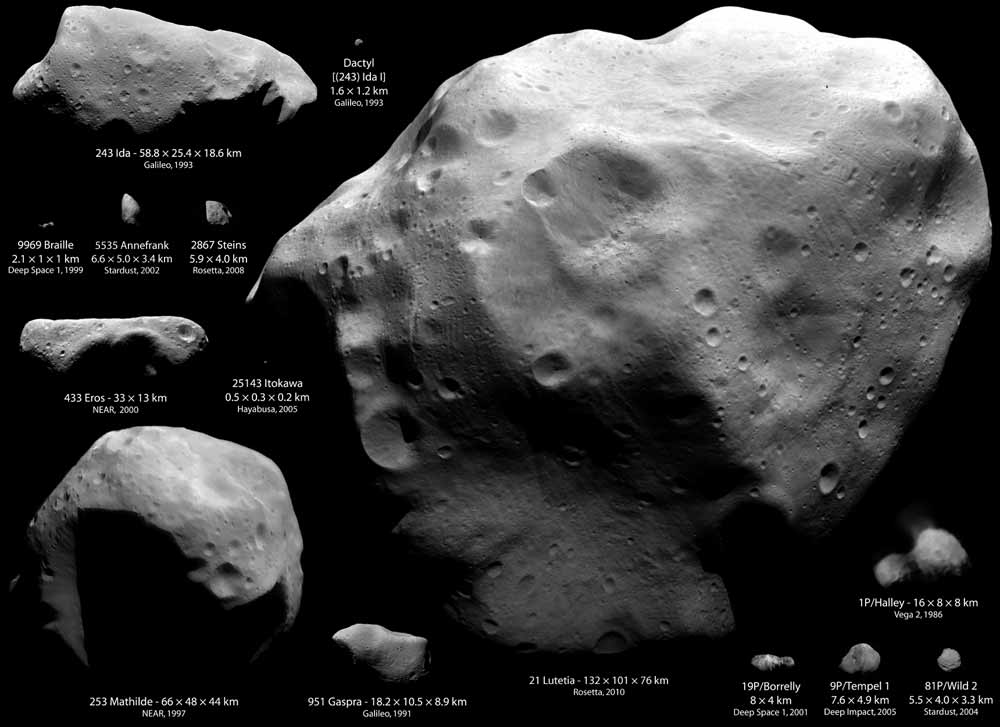


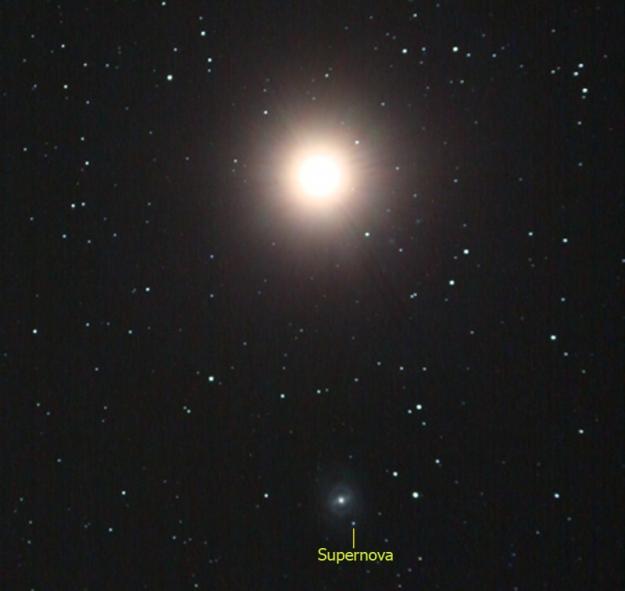



Comment: SOTT wonders what is UP with all the recent alleged man-made space objects either falling out of the sky, or forcing astronauts to take shelter in lifeboats? Is it possible that it is not really "space junk" and such explanations are being offered to cover up the fact that the planet is being subjected to cometary fragment bombardment?